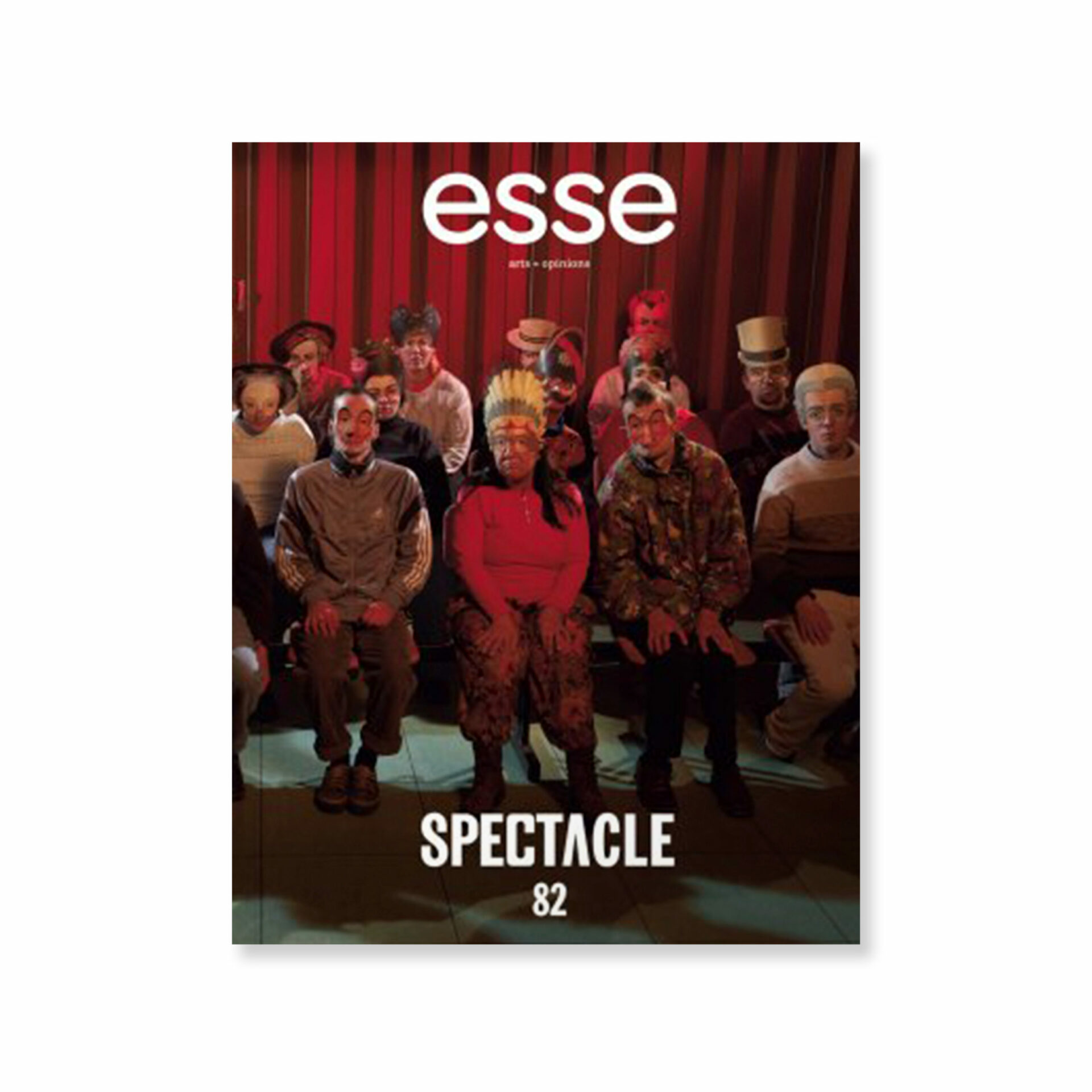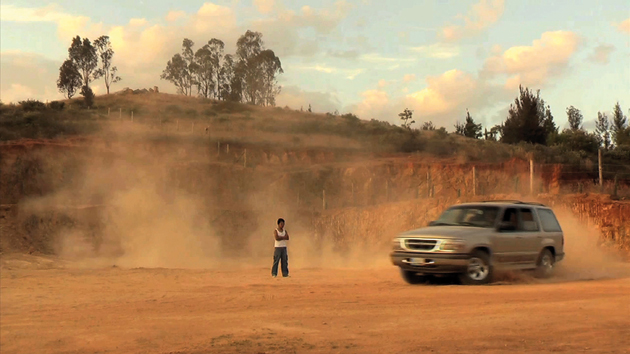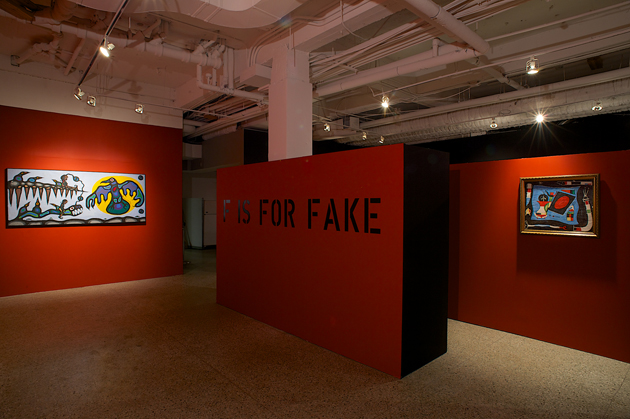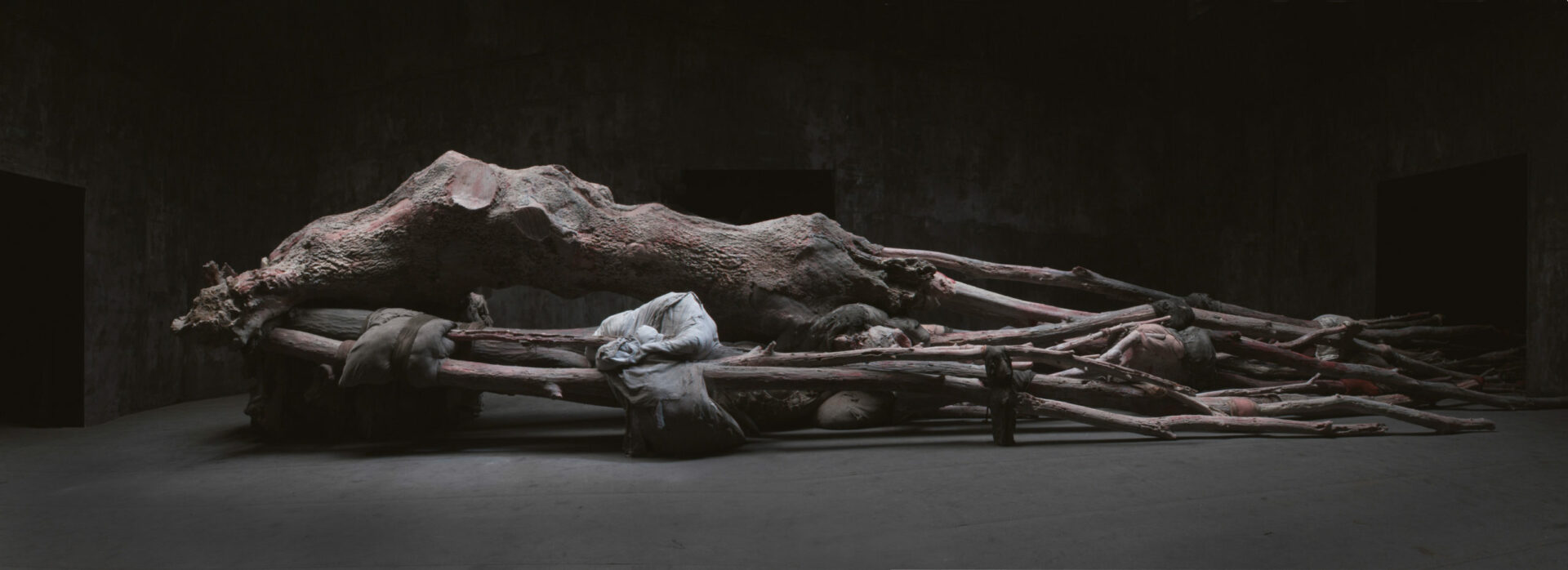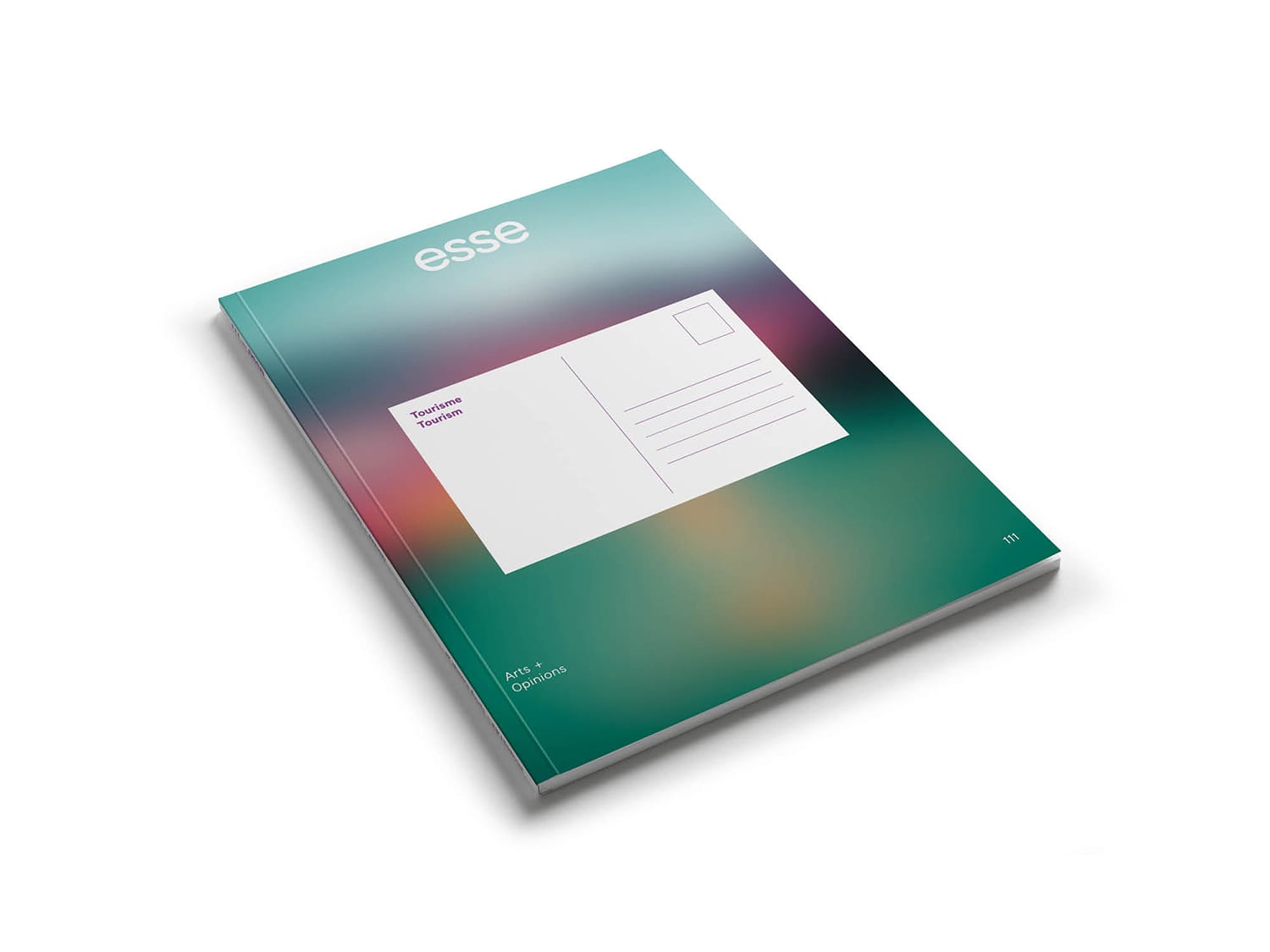Summary
82
Spectacle
Fall 2014
Are we living in a time when capitalism holds total sway over art production? Is the spectacle synonymous with alienation of the individual? Are there any positive aspects to this spectacularization of culture to compensate? The next issue of esse examines new forms of the spectacle by observing its different manifestations on today’s society, and particularly in the contemporary art field, in which the appeal of the spectacular is increasingly unrelenting.
Editorial
Feature
Toward a Critical Mode of Spectacularity: Thoughts on a Terminological Review
Spectacle, Communication, and the End of Art
GirlsGirlsGirls
Hennessy Youngman and the New Art Criticism
Spectacularization in Contemporary Aboriginal Art
Exhausting the Spectacular in Nicolas Boone
In the Shadows Of the Floodlights: DARE-DARE at Quartier Des Spectacles
Off-Features
Columns
Reviews
Young Critics
Current Issue
Tourism
Spring Summer 2024
Because it is essential for it to be open to the world, art is particularly affected by concerns related to planetary travel. From a position at the intersection of contemporary art, leisure, ecology, and destination culture, Esse no. 111 observes artists’ and critical thinkers’ strategies for revisiting the very notion of tourism. Although the harmful impacts of the tourism industry are beyond question, the thematic section avoids falling prey to tourismphobia and simply pointing out its failures. Rather, this issue offers a guided tour of situations and places where art and tourism converge.
